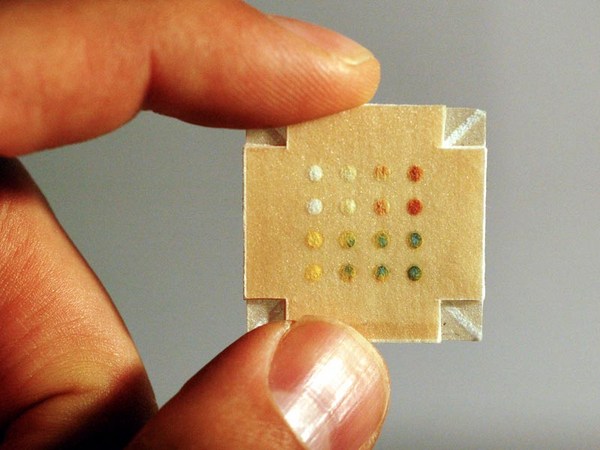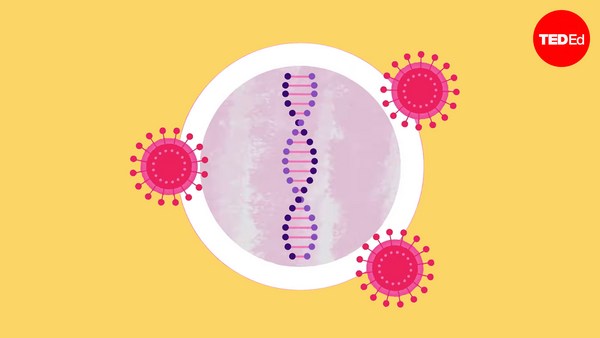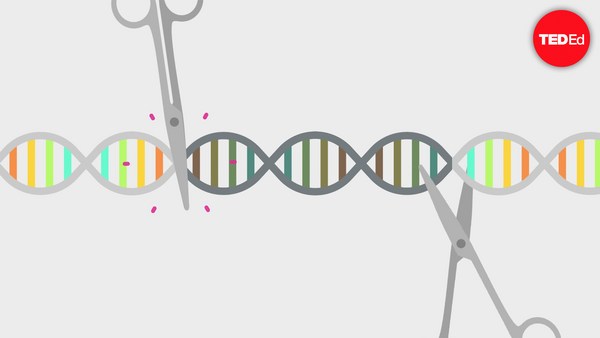The greatest irony in global health is that the poorest countries carry the largest disease burden. If we resize the countries of the globe in proportion to the subject of interest, we see that Sub-Saharan Africa is the worst hit region by HIV/AIDS. This is the most devastating epidemic of our time. We also see that this region has the least capability in terms of dealing with the disease. There are very few doctors and, quite frankly, these countries do not have the resources that are needed to cope with such epidemics.
So what the Western countries, developed countries, have generously done is they have proposed to provide free drugs to all people in Third World countries who actually can't afford these medications. And this has already saved millions of lives, and it has prevented entire economies from capsizing in Sub-Saharan Africa.
But there is a fundamental problem that is killing the efforts in fighting this disease, because if you keep throwing drugs out at people who don't have diagnostic services, you end up creating a problem of drug resistance. This is already beginning to happen in Sub-Saharan Africa. The problem is that, what begins as a tragedy in the Third World could easily become a global problem. And the last thing we want to see is drug-resistant strains of HIV popping up all over the world, because it will make treatment more expensive and it could also restore the pre-ARV carnage of HIV/AIDS.
I experienced this firsthand as a high school student in Uganda. This was in the 90s during the peak of the HIV epidemic, before there were any ARVs in Sub-Saharan Africa. And during that time, I actually lost more relatives, as well as the teachers who taught me, to HIV/AIDS. So this became one of the driving passions of my life, to help find real solutions that could address these kinds of problems.
We all know about the miracle of miniaturization. Back in the day, computers used to fill this entire room, and people actually used to work inside the computers. But what electronic miniaturization has done is that it has allowed people to shrink technology into a cell phone. And I'm sure everyone here enjoys cell phones that can actually be used in the remote areas of the world, in the Third World countries. The good news is that the same technology that allowed miniaturization of electronics is now allowing us to miniaturize biological laboratories.
So, right now, we can actually miniaturize biological and chemistry laboratories onto microfluidic chips. I was very lucky to come to the US right after high school, and was able to work on this technology and develop some devices. This is a microfluidic chip that I developed. A close look at how the technology works: These are channels that are about the size of a human hair -- so you have integrated valves, pumps, mixers and injectors -- so you can fit entire diagnostic experiments onto a microfluidic system.
So what I plan to do with this technology is to actually take the current state of the technology and build an HIV kit in a microfluidic system. So, with one microfluidic chip, which is the size of an iPhone, you can actually diagnose 100 patients at the same time. For each patient, we will be able to do up to 100 different viral loads per patient. And this is only done in four hours, 50 times faster than the current state of the art, at a cost that will be five to 500 times cheaper than the current options. So this will allow us to create personalized medicines in the Third World at a cost that is actually achievable and make the world a safer place.
I invite your interest as well as your involvement in driving this vision to a point of practical reality.
Thank you very much.
(Applause)





